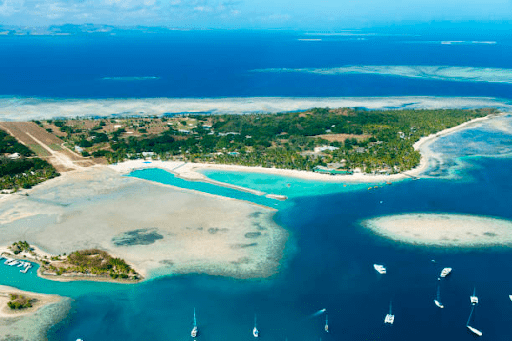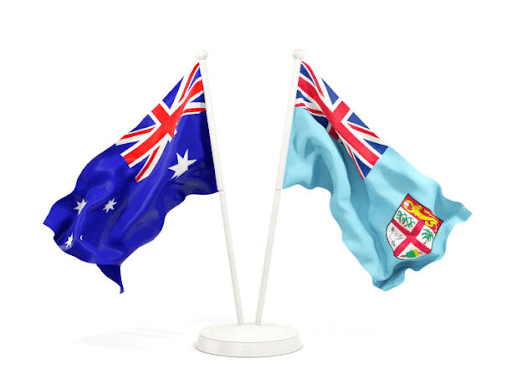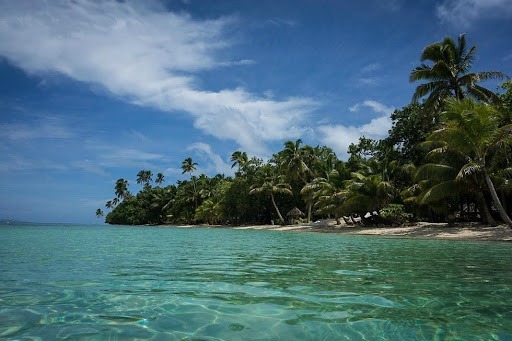The floating island of Macuata, Fiji’s northern province
At first sight, the natural phenomena that sits on a drano (lake) blends plainly into the swamp that surrounds it. The sugarcane fields that further surround this swampland just adds to its concealment. The magic behind this is the natural movement of the island which detaches land and moves around the lake from time to time. The natural drift of the island is quite unheard in many places, especially in other parts of Fiji. With not much science proven, the movement of the island has been shrouded in the traditional rites, folklore and oral history of the village of Wainidrua in the northern province of Macuata.

Folklore and Oral history
Indigenous Fijian culture is heavily influenced by supernatural timelines and folklore, and so the floating island is also enveloped in such beliefs and mysteries. Fiji Times articles and a YouTube video interview a man named, Ilibani Rova, the head for one of the landowning clans on which the floating island sits. Mr. Rova explains the historical (oral) origins of the floating island.
His accounts that the vanua of Nubu refer to the island as the ‘Waqa qele’ or an earth boat. The tale goes that there were originally three islands altogether, gifted from the gods. The islands were used as transports by the kalou vu’s (ancestral gods) and in pre-Christian times moved under a special chant that a bete (priest) would utter in the Nubu dialect. The passageway that usually led the islands to sea had been obstructed due to envy and conflict caused by the gods that resided near the mouth of the passageway, locking the islets into its present-day location, the drano (lake).
Today, only one islet remains and the people of Nubu refer to it as Vanalato. People are discouraged from swimming in the lake out of superstition and also due to a few fatalities that had occurred. The movement of the island is believed to be propelled by eels.
Scientific Clarification
A bit of scientific facts always helps in making the unknown, known and the unbelievable, believable. This does not debunk the mystery surrounding the Vanalato floating island but an attempt to uncover the natural occurrences behind this phenomenon. According to Down to Earth, an Indian based magazine, the buoyancy of floating islands can be attributed to gas released from decomposing vegetation, these gases then form air bubbles.
Peaty soil and aquatic plants also add to the formation of the island.
As such, the Vanalato island consists of a few decomposing logs, grass mixed with freshwater reeds (Kuta) and Vadra trees. Vadra trees (Screw pine) grow in damp or coastal places that have weak soil.
Oral history will differ from village to village and will not be the same but if you’re ever in Vanualevu then this is a must-see. With its direction being 46.3 kilometres northeast of Labasa town the lake sits in the middle of cane fields and a google map link is provided to help guide you.











